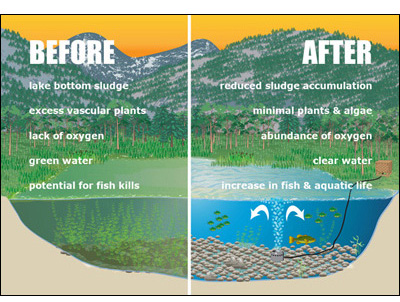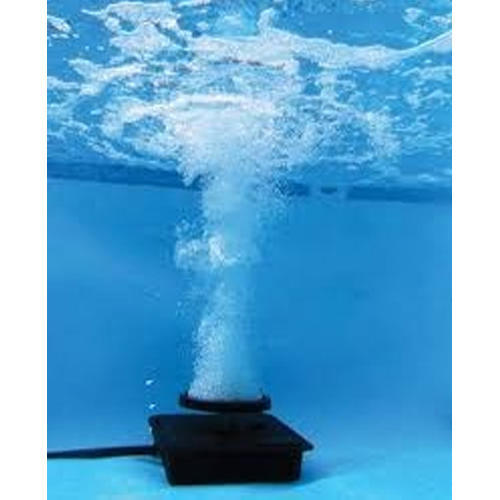Keystone Heights Lake Restoration
It's easy think that lake restoration and cleaning is impossible. However, it can be extremely successful. MPR news reported recently on two Minnesota water cleanup efforts. One in the northeastern Minnesota farmlands and one in the northern town of First Fulda. While most northern lakes have clear water, those in the U.S. have water that is pea-soup like and full of nutrients. First Fulda Lake is located in southwest Minnesota. It was saved through a community effort.


